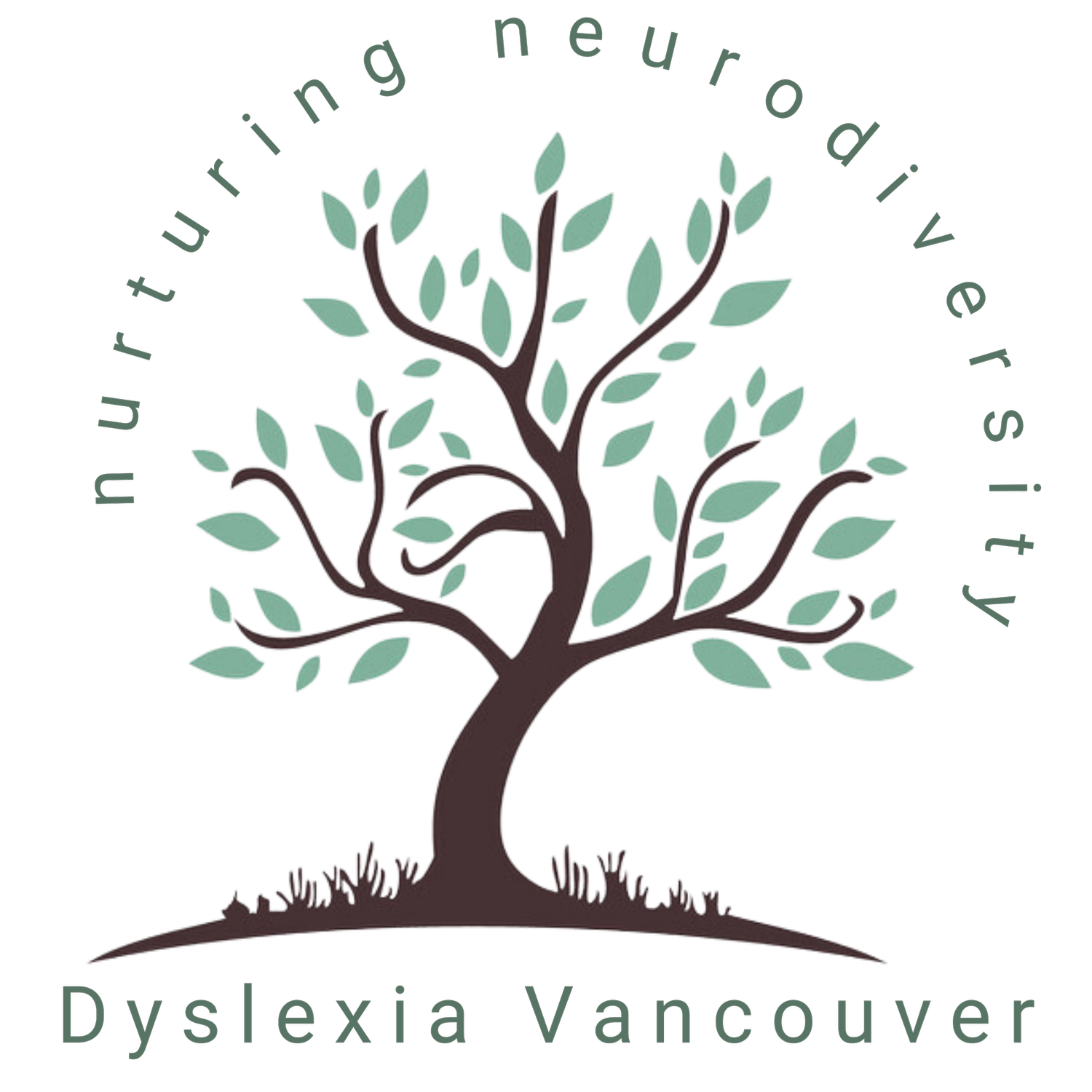About the Davis® Method
The Davis® Method is a creative and experiential-based approach designed to benefit neurodiverse adults and children in a fun supportive way. Neurodiversity has gifts and challenges, which can be overcome through an understanding and nurturing of the diverse ways people learn.
Rather than using traditional ‘Verbal Learner’ techniques we use a picture based, hands-on approach allowing those who learn differently to create effective long term strategies appropriate for their unique learning style.
The Davis® programs are highly effective, medication free solutions. Clients leave with life changing skills, an understanding of their gifts and a confidence in their own abilities.
Traditional learning modalities address the symptoms and spend time and effort focussing on the weakness. With the Davis® Method, we go directly to the cause of the challenge and start from there - if you eliminate the cause of the problem, the problem no longer exists - makes good sense, doesn't it?
The underlying problem is, dyslexics think with pictures and have the gift of perceiving objects from 3-D perspectives, this is true gift when inventing, creating and problem solving. However, because written symbols and words are 2-D and linear sequential, confusion occurs for the natural 3-D thinker as they attempt to decode it from different perspectives. The confusion causes loss of focus, which leads to disorientation, and frustration. Understanding is lost as they can not process the 2-D words with their picture thinking strengths. Disorientation is helpful for problem solving, creating, and inventing, but it makes reading challenging.
A similar process of disorientation occurs with environmental stimulus and distractions such as sounds, colours, light, movement, all which cause loss of focus and time to distort; this response is common for those identified as ADHD.
Overcoming Challenges with the Davis® Method
Understanding the Processing Style
The creative process and learning process are very nearly the same - once something is learned experientially it is mastered.
Teaching through creativity is teaching to the neurodiverse person’s strengths - This is what what makes the difference with the Davis methods.
Davis® Tools of Orientation - the Foundations of Focus and Learning
The words that cause the most confusion for dyslexics are common words with no pictures. Because the non-picture words lead to disorientation, we call them trigger words. Disorientation happens spontaneously and subconsciously, so it is important to recognize this process, and have the ability to correct it and regain focus.
This is done through installing a set of perceptual tools, these tools enable Orientation, regaining and maintaining focus; help with self regulation of energy levels; and relieves anxiety.
Once the tools are installed self confidence improves, efforting and frustration diminish, and focus and attention with learning improves. As the student grows older, he has a method that will enable him to master any concept that causes problems in school.
Many adults comment that with the Davis tools and the understanding of their own thinking style, a deep relief is experienced. Shame, sadness, and the imposter syndrome disappear. Self esteem improves as the gifts of this unique processing style are appreciated, used to advantage, and appreciated.
Once the foundational tools are in place the learning gaps can be filled with ease.
Explore the triggers
Finding the triggers that cause confusion and resolving them through the creative, picture thinking strengths, using the tools is powerful. This is done in a fun way with the alphabet symbols, punctuation, and words that have no picture meaning.
Three steps to Easier Reading
The meaning of common sight words are created into 3-D models in clay, now a picture of the word and what it means is installed and no longer causes a confusion. Comprehension is not lost. Reading and Written output improve.
Putting Pictures to the Trigger Words
Their struggle to sound out written words leaves them unable to comprehend written material and usually necessitate re-reading the same text numerous times requiring great effort and often at the cost of severe headaches. Sounding out words is not effective and as picture thinkers they try to see the whole word at once - not successful.
These exercises allow dyslexics a way to quickly, comfortably and easily learn to visually track, decode, and comprehend written material using their natural abilities.
These techniques along with the foundational tools enable success, easy reading follows.
A detailed explanation of the Davis Theory of dyslexic thinking and development can be found in the book The Gift of Dyslexia.

